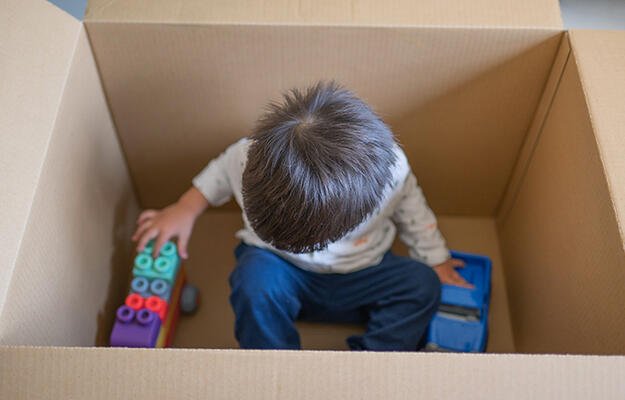
Improving Neighborhoods Means Embracing Complexity
by Maya Brennan
While the American Dream envisions success coming from hard work, researchers continually find a connection between current and future well-being and neighborhoods. But identifying what matters about neighborhoods is not simple. Neighborhoods have multiple dimensions: distance to and quality of amenities, jobs, and schools; residents’ social cohesion and voluntarism; daily activity patterns; the presence of environmental contaminants; crime rates and exposure to violence; household income; racial or ethnic composition; and more. When striving to change lives by changing neighborhood conditions, evidence about which factors affect which outcomes—and how neighborhood changes affect who can afford to live there—can make the difference between a well-intentioned policy and an effective policy.
At the most disadvantaged, a neighborhood may expose residents to environmental contaminants, crime, and violence and may have substandard resources for supporting quality of life and advancement. At the most advantaged, a neighborhood can provide supports through community voluntarism, neighborly assistance, high-quality resources for current and future well-being, low rates of crime and violence, and sound environmental quality. But many neighborhoods lie somewhere in between. Maybe the schools are great, but the crime rate is not. Perhaps residents look out for each other and engage in voluntarism, but boarded-up buildings abound. Or job proximity is strong, but residents exclude newcomers.
Neighborhoods don’t just come in two flavors. Neighborhoods are not even a continuous line between two poles. Neighborhoods contradict themselves and contain multitudes. But neighborhood effects are still powerful.
Using random assignment, researchers have documented that neighborhoods especially matter for children. In a study of outcomes for low-income minority children in Denver, the housing authority’s random assignment policy allowed researchers to isolate the neighborhood’s effect on children’s outcomes, including health, education, childbearing, and employment. The neighborhood aspects that mattered most were the residents’ occupational prestige and the share of foreign-born residents (in both cases, higher was better), as well as property crime rates and social problems (for these, lower was better). Yet neighborhood effects can defy expectations. A higher rate of violent crime was associated with a lower likelihood for a child to witness violence at an early age—perhaps because of parents’ protective behaviors.
Neighborhood effects can also emerge over time, as recent research on the Moving to Opportunity experiment shows. Children who were younger than age 13 when their family moved from a high-poverty to a lower-poverty neighborhood were more likely to attend college and had higher earnings in adulthood than children whose families received no assistance in making an “opportunity” move. It is not clear whether these results are because of the poverty level or a different aspect of the neighborhood that often occurs with poverty.
Though many questions remain about how neighborhoods matter, sufficient evidence shows that neighborhoods affect children’s outcomes and that housing policy can be a lever for change. Because home prices and rents include what people are willing to pay for the neighborhood, accessing an in-demand neighborhood adds costs that limit access by low-income households. Although opportunities are not formally defined by lineage, the cost of neighborhood quality maintains the generational transmission of advantage and disadvantage. To break this cycle, subsidy programs need to be mindful of place, and placemaking work in low-demand neighborhoods needs to be mindful of preserving affordability for low-income households, strengthening job skills, and avoiding displacement.


